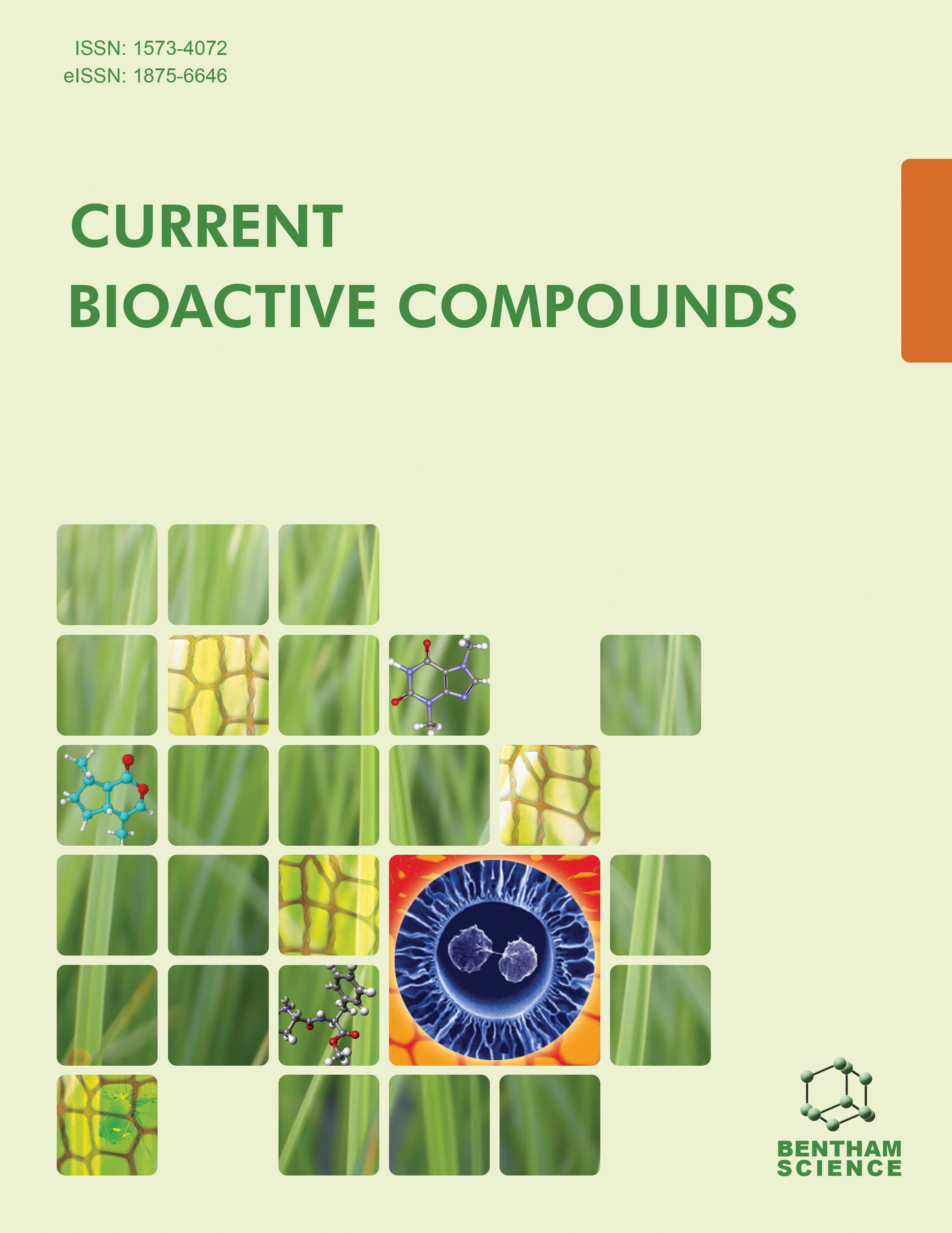
Full text loading...

Present study deals to access the antidepressant activity of Etlingera elatior leaves extract in rodent.
Etlingera elatior is a species of herbaceous perennial plant in the family Zingiberaceae; native to Indonesia, Thailand, Malaysia and New Guinea. Depression is one of the most common mental disorders affecting humans, pathological basis of which is not fully understood. The current antidepressant drugs have several adverse effects including their effects on cognition. Therefore, natural product are being evaluated for their antidepressant activities.
In this study, Etlingera elatior leaf extracts are being evaluated for antidepressant activity in rodent models. A wide range of synthetic medicines that can be used to treat depression which may exerts various side effects such as dry mouth, gastrointestinal problems, nausea, respiratory problems, cardiac arrhythmias, drowsiness, anxiety etc. Hence, it becomes essential to discover new anti-depressant drug with more potency, efficacy and safety profile than those of marketed synthetic drugs.
Using the forced swimming test, the tail suspension test, mouse 5-HTP-induced head twitches and estimation of brain lipid peroxidation modelsthe antidepressant efficacy of Etlingera elatior ethanolic extract was examined. Imipramine was used as reference standards.
According to our study, Etlingera elatior significantly (p 0.01) reduced immobility in tail suspension, forced swimming, and 5-HTP-induced head twitches in mice with depression that were comparable to imipramine.
Based on the results obtained we can conclude that Etlingera elatior leaves extract possess significant antidepressant activity. The antidepressant effectiveness of Etlingera elatior leaves extract can be confirmed in the future by adding more models, and attempts can also be made to isolate and characterise the phytoconstituents responsible for the pharmacological action.